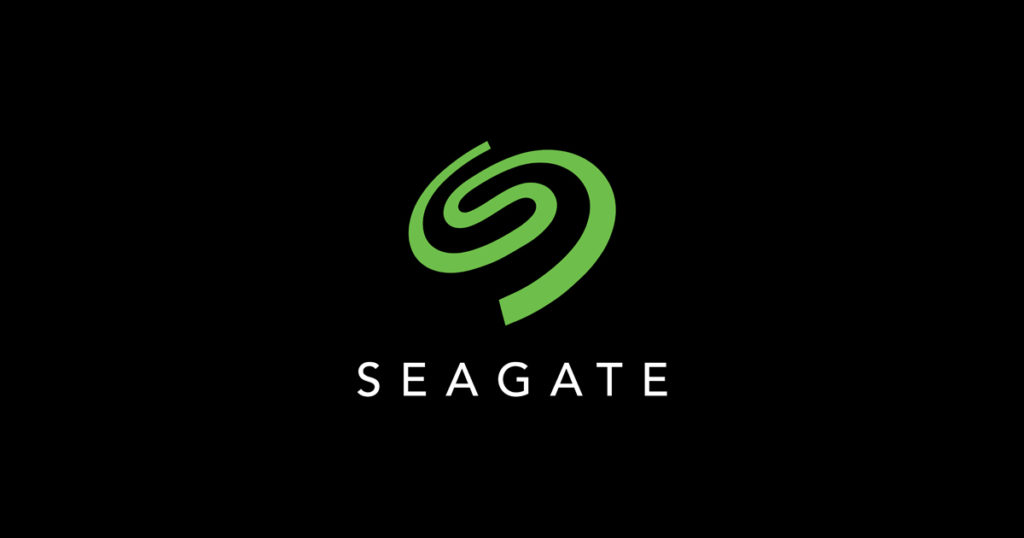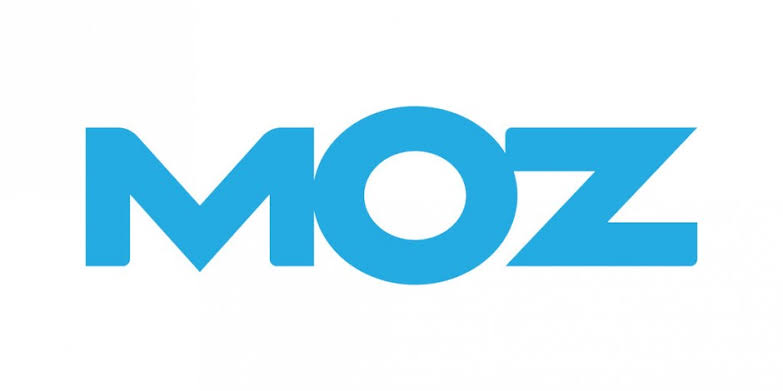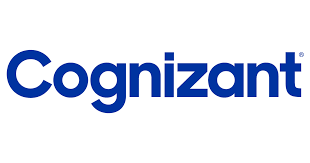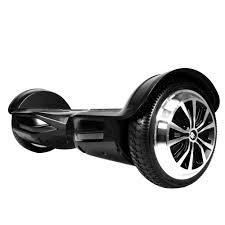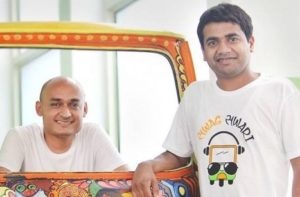Anupam Mittal – The Indian Entrepreneur Behind The Success Of Shaadi.com And Many Other Endeavors.
Anupam Mittal is one of the most powerful people in India, especially in the startup ecosystem. He is known as the founder of Shaadi.com, Makaan.com, Mauj Mobile, and People Pictures (under the People Group). Apart from being a successful entrepreneur, Mittal is also an investor who has invested in more than 200 companies till now. Currently, he is also a part of the reality show called Shark Tank (a show for aspiring entrepreneurs). Mittal was featured in The Week magazine as one of the top 25 people to watch out for.
Early Life
Born in December 1971, Anupam Mittal hailed from an entrepreneurial background as his father, Gopal Krishna Mittal was a businessman. Mittal went to Boston College, Massachusetts and he studied Operations and Strategic Management for three years. After he graduated, he started working for MicroStrategy in 1998 as a product manager. While he was working for the company he visited India and an encounter with an Indian priest (pandit) gave him the idea to build Shaadi.com.
Mittal had an encounter with a pandit because the latter came with a lot of biodata of women for finding a life partner for Mittal. After having a conversation with the pandit, Mittal realized that finding a life partner in that way of collecting and passing biodata physically limits the choice. So, he wanted to harness the power of the internet to help anyone find a life partner by overcoming geographical and spatial limitations. So, he founded Sagaai.com which was rebranded as Shaadi.com later. He was the CEO of the company until 2015 when he stepped down to explore other areas.

Founding Shaadi.com
Shaadi.com was the breakthrough for Mittal and made him a very famous and successful entrepreneur. It is one of the most used matrimonial sites not only among Indians but also among Asians. Shaadi.com’s core market is India, Pakistan, and Bangladesh but it is available across the world from UAE to the US. Since Mittal made Shaadi.com a global enterprise, he clearly understood how the business growth in India was different from that in the west. According to Mittal, the US population adopted the internet very fast but in India internet became available to normal people only after Jio started offering data plans at a reasonable rate. And as more Indian people started getting access to the internet, the number of users of Shaadi.com also increased. Currently, Shaadi.com has more than 35 million users across the world.
Success Stories
After Shaadi.com became a huge success, Anupam Mittal founded Makaan.com in 2007 to bridge the gap between sellers and buyers. Mittal’s entrepreneurial mindset was based on the potential of the internet and how it digitized every aspect of our life. Makaan.com was built so that buyers can search for real estate properties based on their price range and other factors. In 2015, the business was taken over by Proptiger.com, an online real estate advisor.
Mittal founded Mauj, a global online media company in 2006 and it was incorporated in 2007. The company mainly deals with mobile content and applications including games, wallpapers, matrimonials, etc. Apart from Mittal’s entrepreneurial career, Mittal is also an investor who has invested in several start-ups and other companies (through Shark Tank). Currently, his total worth is $25 million.
Investing
As an angel investor, Mittal has heavily invested in several startups because he appreciates the entrepreneurial mind. The Indian startup culture has massively developed in the last two decades and it is mainly fueled by people who are in their 20s. Some of the startup companies in which Mittal invested are Druva, Sapiens Analytics, Cafe Zoe, Fab Hotels, BigBasket, Ketto, and many more. He also started investing in several other companies after joining Shark Tank India. They are Cocofit, Bamboo India, The Yarn Bazaar, Hair Originals, etc. For his entrepreneurial and investing journey, Mittal was awarded the “Hall of Fame” 2020 awards by The Indus Entrepreneurs.

Annasha Dey is an NIT student, who apart from studying engineering is also a content writer. She has a great interest in photography, writing, reading novels, and travelling as well. She is a foodie who loves socializing and hanging out with her friends. She is also a trained Kathak dancer and a big fashion enthusiast. Dey also loves watching TV series, which includes F.R.I.E.N.D.S. and Big Bang Theory. To be a better writer she prefers to read more
